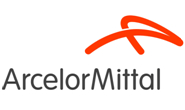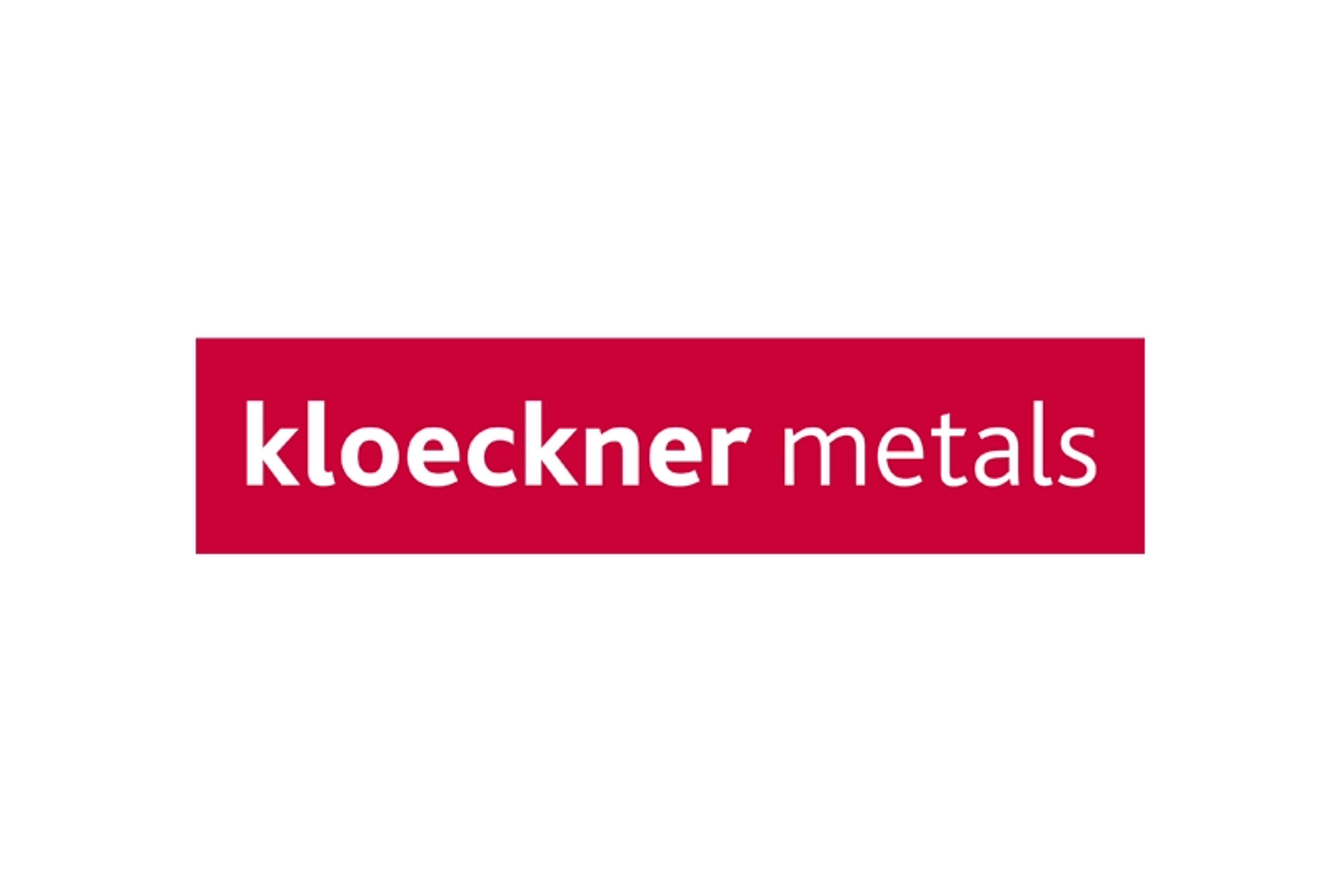Market Segment

January 21, 2021
'21 Could Be Good for Steel, But Risks Abound: ArcelorMittal Analyst
Written by Michael Cowden
It might be comforting to have 2020 in the rear-view mirror, but 2021 could have a few tricks up its sleeves, an ArcelorMittal USA analyst said.
The good news: The U.S. should see apparent steel consumption increase 6% in 2021 after it fell 16% in 2020, according to Ping Liang, senior analyst-strategic marketing, at ArcelorMittal USA.
The bad news: “I would like to be very optimistic and say that 2021 will be an awesome year. However, the reality is … we still see uncertainties all over the place,” Liang said.
She made the comments during a market outlook presented to a virtual meeting of the Association of Women in the Metals Industries (AWMI) on Thursday, Jan.21.![]()
Where We’re Going
Broadly speaking, risks to 2021 resemble those that battered steel markets last year, Liang said.
• When it comes to Covid-19, will a vaccine be effective and widely available by this summer?
• On the international scene, how might increased tensions between the U.S., China and other strategic rivals play out?
• Also, how effective will government efforts to revive the broader U.S. economy be?
And more specific to steel, will the U.S. finally pass an infrastructure bill that will meaningfully improve metals demand. The chances are better with Democrats controlling the White House, House of Representatives and Senate–but perhaps only marginally so, Liang said.
“I hope an infrastructure bill will pass as soon as tomorrow.” Yet nailing down a timeline on the issue is “just as hard as forecasting when Covid-19 is going to end and we can return to our normal life.” Her advice: “Stay tuned. Let’s hope there will be an infrastructure bill. But I would not hold my breath for it.”
A risk specific to the steel industry is a potential resurgence in finished steel imports, which have declined considerably since the 2018 rollout of Section 232 tariffs and quotas. That has arisen because of a recent widening in the gap between U.S. prices and those in the rest of the world, something that could make foreign steel attractive to U.S. consumers again, Liang said.
Worse, that material might arrive in larger quantities this summer and in the second half of the year–or at about the same time that new domestic capacity is ramping up. Those events coinciding have the potential to crash the market. “I would be lying if I would say that I wasn’t concerned,” she said. “That’s why a lot of people are also focusing on whether or not the Section 232 (tariffs and quotas) will be continued.”
Section 232, “in the short-term it is likely to stay in place” because President Joe Biden has a “full plate” of more pressing issues–namely, containing the Covid-19 pandemic, immigration reform and stimulus. “However, moving forward … we’ll kind of have to wait and see,” Liang said.
The “silver lining”–much of the new domestic capacity is aimed at displacing imports. And because the new mills will be low cost and efficient, there is a strong likelihood that they might prove successful in that “clash” with foreign steel, she said.
Where We’ve Been
All told, U.S. GDP is expected to decline by 3.5% in 2020, down from 2.2% growth in 2019 and worse than the 2.5% drop in 2009 following the financial crisis. It wasn’t just that decline that made last year painful, so too were its wild swings: GDP fell 31.4% in the second quarter only to rebound by 33.4% in the third before moderating to approximately 4% growth in the fourth quarter. “I think few of us will probably want a repeat of the year–maybe with the exception of Jeff Bezos or Elon Musk,” Liang said.
Against that backdrop, steel had a solid 2020 despite a near collapse in automotive demand in April and oil prices briefly diving into negative territory, she said.
It was a story of tradeoffs. Residential construction activity improved as a drop in demand for multi-family units–apartments and condos–was offset by a surge in building of single-family homes. Nonresidential construction activity fell on lower demand from the retail, office and hotel sectors. But those declines were muted by growth in street and bridge, warehouse and renewable energy construction, she said.
Energy demand, as evidenced by the rig count, appears to have at least stabilized after an initial plunge. Longer term, however, the energy sector will likely see more growth in renewables–solar and wind–than in traditional areas such as oil and gas. And it’s not clear yet what the steel intensity of renewables is as compared to oil and gas, Liang said.
On the consumer side, the combination of the pandemic and government relief helped to drive purchases of durable goods–such as larger refrigerators to stash food in–and vehicles as consumers scaled back discretionary purchases on travel, dining out and entertainment. “We pretty much perceive having a personal vehicle as a safety issue,” she said.
The result: U.S. auto sales are projected to be 15.5 million to 15.7 million units in 2021, up from approximately 14.5 million in 2020. That’s still down significantly from 17 million in 2019, but not nearly as bad as had been expected in the initial days of the virus crisis.
It’s not clear yet to what extent a microchip shortage might hit automotive production in 2021 because the situation is “still unfolding.” But consumers probably don’t need new refrigerators in 2021 to replace the ones they bought in 2020. “The reason they are called ‘durable goods’ is because they are going to last for a long time,” Liang said.
And Amazon’s spending spree on warehouse space, for example, is unlikely to continue into this year, she noted.
By Michael Cowden, michael@steelmarketupdate.com







